The Complete Guide to Train Travel in Korea: Tips, Trains & Tickets

Korea is covered by a spider’s web of railway lines, with over 4,100 kilometres of track spread out across the country. Wherever you are on the Korean mainland, there is a good chance that you are not too far from one of the country’s 691 stations. Given this expansive coverage, along with a straightforward ticketing structure, decent fares and multilingual signage and staff, trains offer a fantastic way for tourists to get around and see Korea in all its glory. In this post, I will share my top tips for travelling by train in Korea, including how to purchase a ticket, station facilities and the various types of train services that are available.
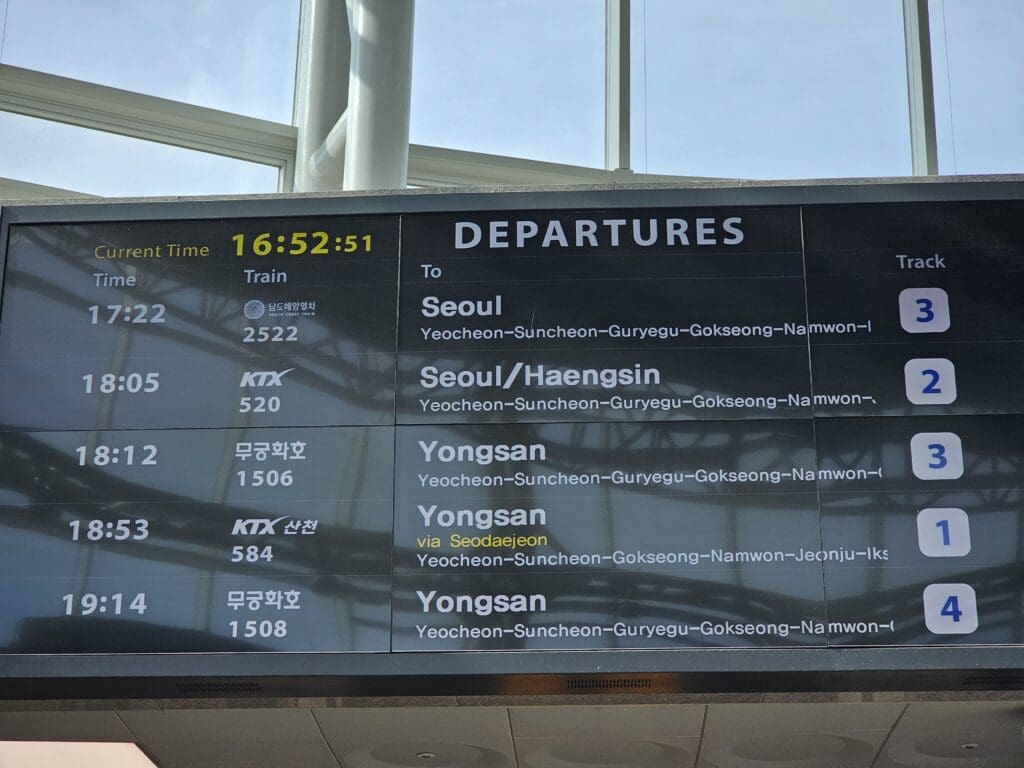
Index
Comparison of Train Times and Prices
All About Trains
Types of Train Services in Korea
The vast majority of mainline railway services in Korea are operated by Korail, a state-owned enterprise under the control of the government’s Ministry of Land, Infrastructure and Transportation. The exception to this is SRT services, which fall under the control of the SR Corporation, although they are a subsidiary of Korail. Korail also operates several subway lines in Seoul, particularly those that also share infrastructure with the mainline railway network.
Onboard, trains are usually clean and comfortable and often feature wifi and charging points. However, given Korea’s size and the relatively short journey times involved in many Korean railway journeys, facilities onboard are limited. For example, those looking for something to eat on drink onboard have little option other than to turn to one of the onboard vending machines which typically sell a limited array of drinks and snacks. Needless to say, I would advise against boarding a train hungry. Fortunately, there are usually plenty of places to eat both in and around stations, with many outlets offering takeaway food for passengers to take with them and eat onboard trains.
There are currently four types of standard mainline rail services in Korea, these are:
KTX
The Korea Train Express, more commonly known as the KTX is Korea’s high speed rail network. These sleek trains hurtle at speeds of up to 305 kilometres per hour through Korea’s mountainous landscape, connecting Seoul with just about every single major city in Korea within three hours. The construction of Korea’s first high speed railway line commenced in the 1990s, and the first section of this line between Seoul and Busan opened in 2004. Since then, a rapid programme of high speed railway development has resulted in twelve high speed routes opening across the country, with more under construction. Needless to say, the KTX is a very convenient means of getting from Seoul to cities across Korea, and between these, with few tourist sights located far from a high speed rail line. However, this speed and convenience does come with a comparatively high price tag and as you would probably expect, the KTX is the most expensive way to travel by train in Korea.
There are currently four different types of KTX trains in operation – the KTX-I, KTX-Sancheon, KTX-Eum and KTX-Cheongryong. All are (almost) equally as fast and host similar facilities, or rather lack these. Whether in Standard or First, seats on each train are comfortable and spacious, with large tray tables enabling passengers to be productive and get some work done, or perhaps eat a meal or play a card game. Meanwhile, the newer KTX-Eum and KTX-Cheongryeong trains feature at-seat wireless charging points.
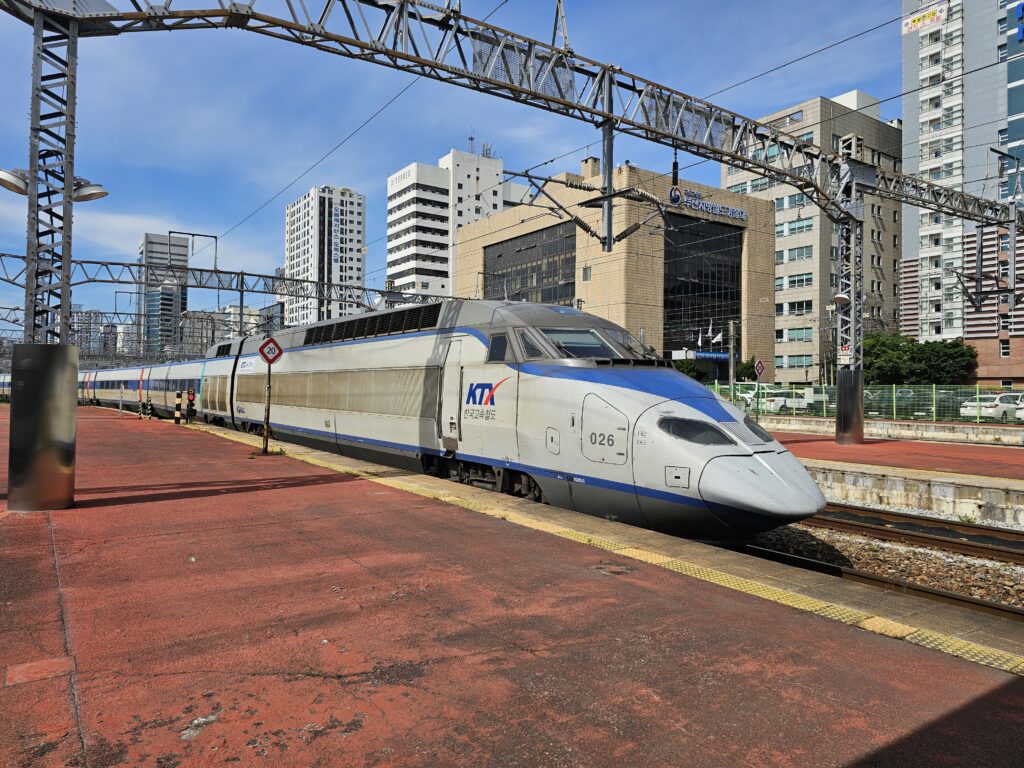
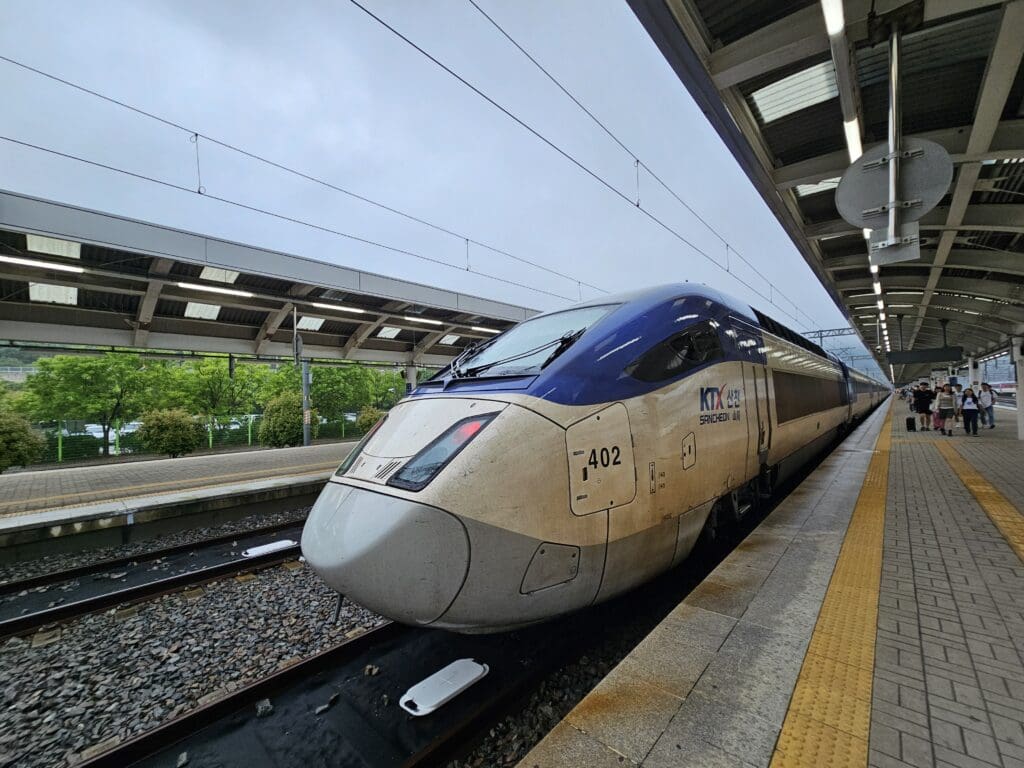

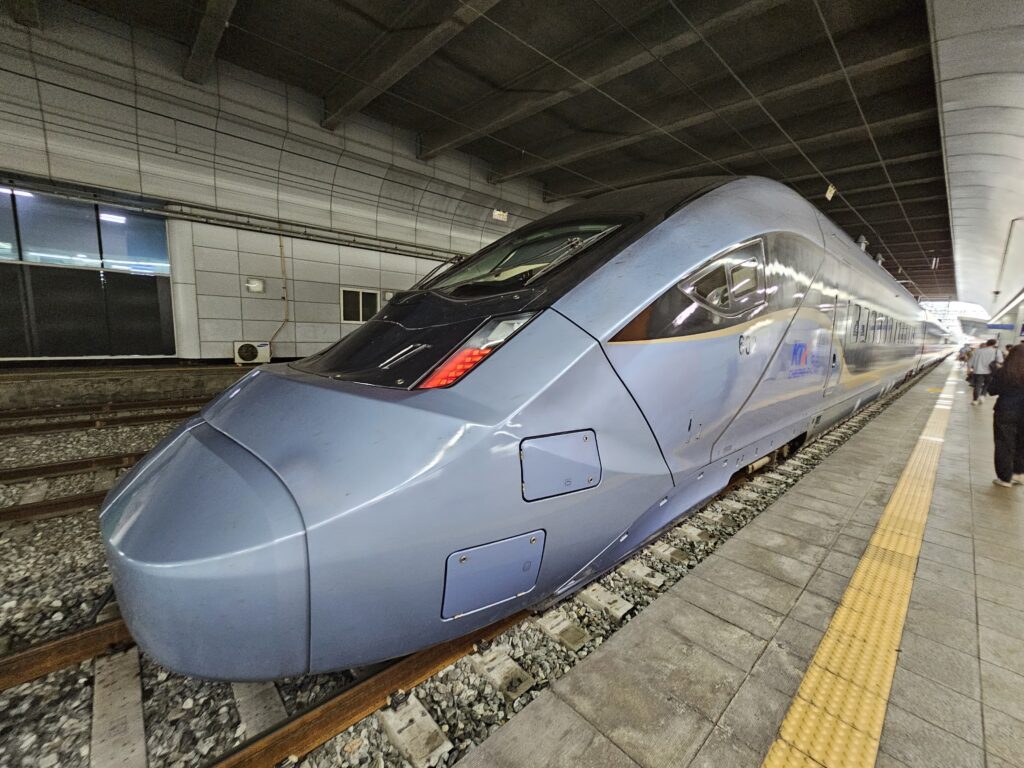
A special mention ought to be given to the Super Rapid Train, or, SRT. Introduced by the Suseo High Speed Rail Corporation in 2016 as a means of challenging the monopoly of KTX services, this competes on routes between Seoul and Busan and Mokpo, serving major cities along the round such as Cheonan, Daegu, Daejeon, Gwangju and Ulsan. However, unlike Korail’s services, these operate from Suseo Station in southeastern Seoul rather than Seoul Station or Yongsan Station. Therefore, visitors to Korea may be a little less likely to take these trains. Onboard, the SRT experience is very similar to the KTX, with no major differences in comfort, onboard facilities and journey times. However, those looking to travel by SRT cannot book tickets via Korail and must do so directly via the SRT app or website, or in person at one of the stations on their routes.

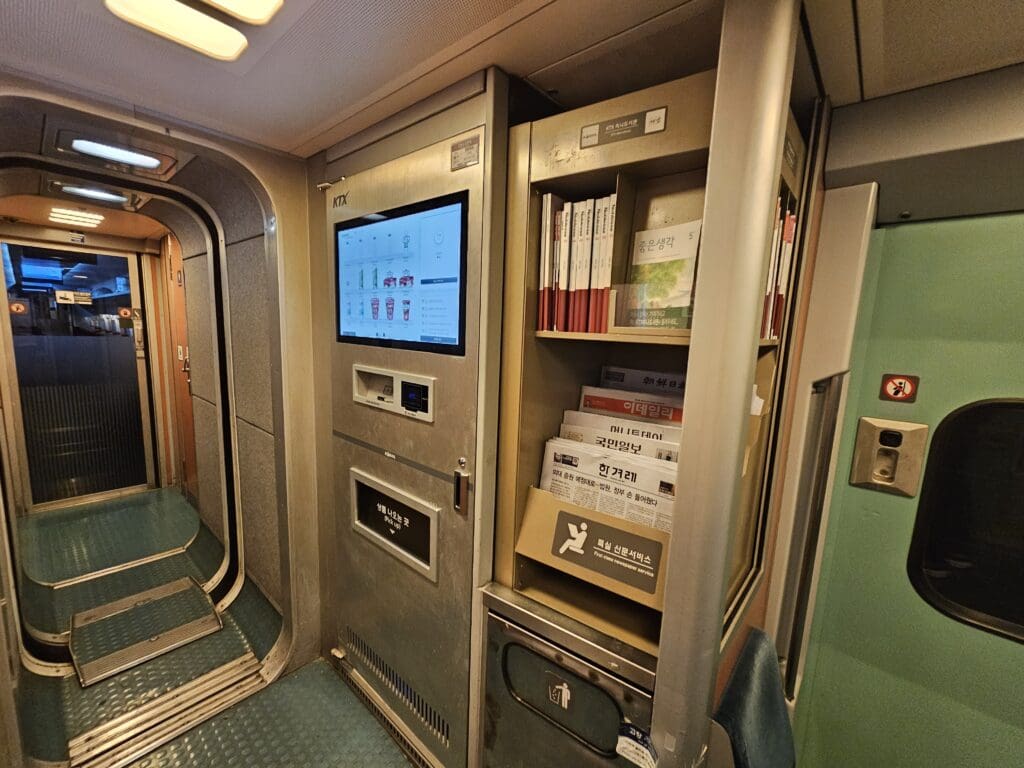
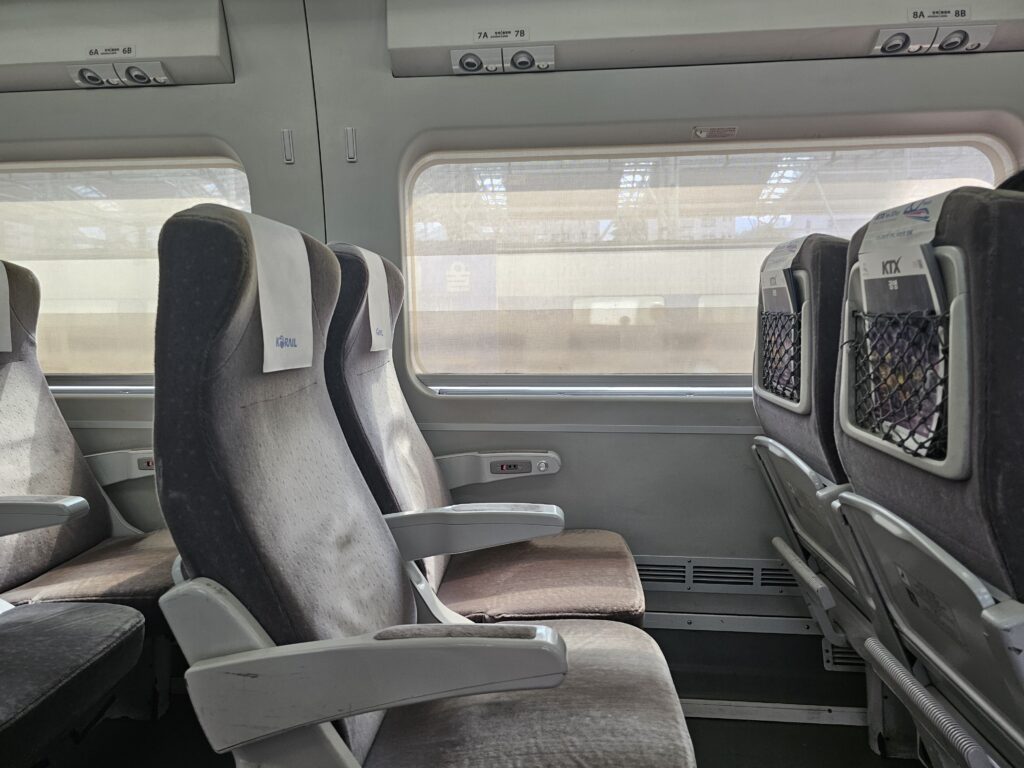
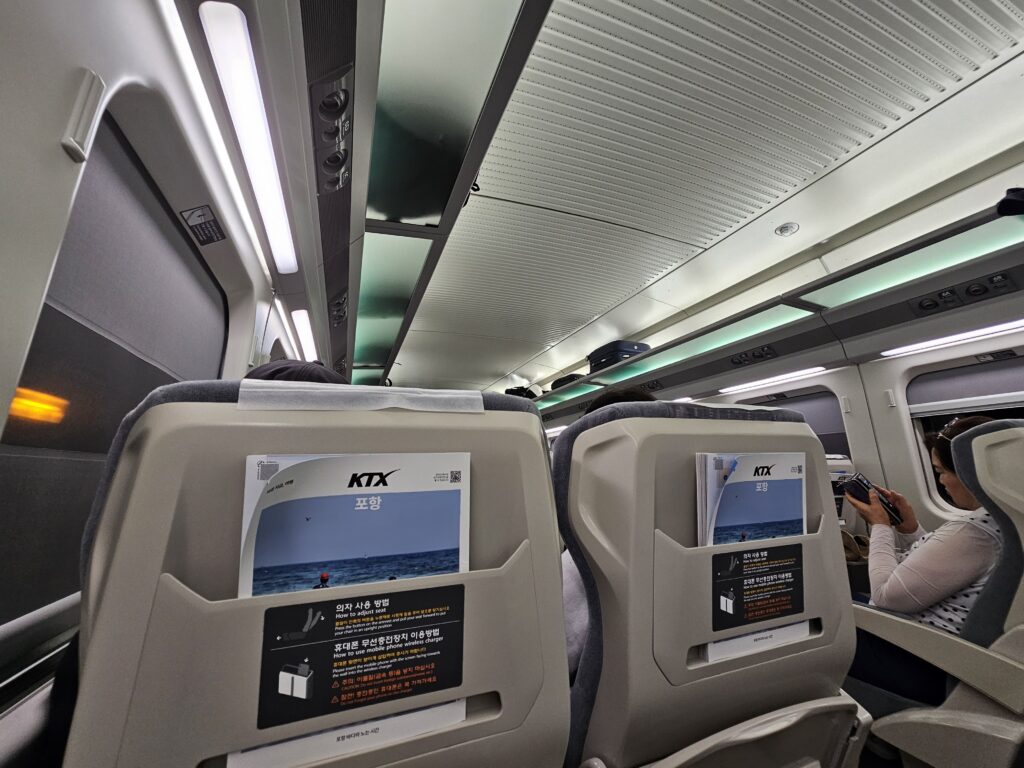
Intercity Train Express
ITX services were introduced in 2012 as a (significant) step below the KTX. These trains are sleek and modern, yet with a top operating speed of around half that of most KTX trains, these are slower and stop at more stations, often taking the older, more winding conventional lines as opposed to the high speed lines that cut straight through mountains. This comparative slowness does mean that tickets are cheaper than the KTX and are thus a good option for those travelling on a tighter budget. Unlike the KTX, these trains only feature Standard class, yet, this is a little more spacious than on faster KTX trains and is still modern, clean and comfortable.
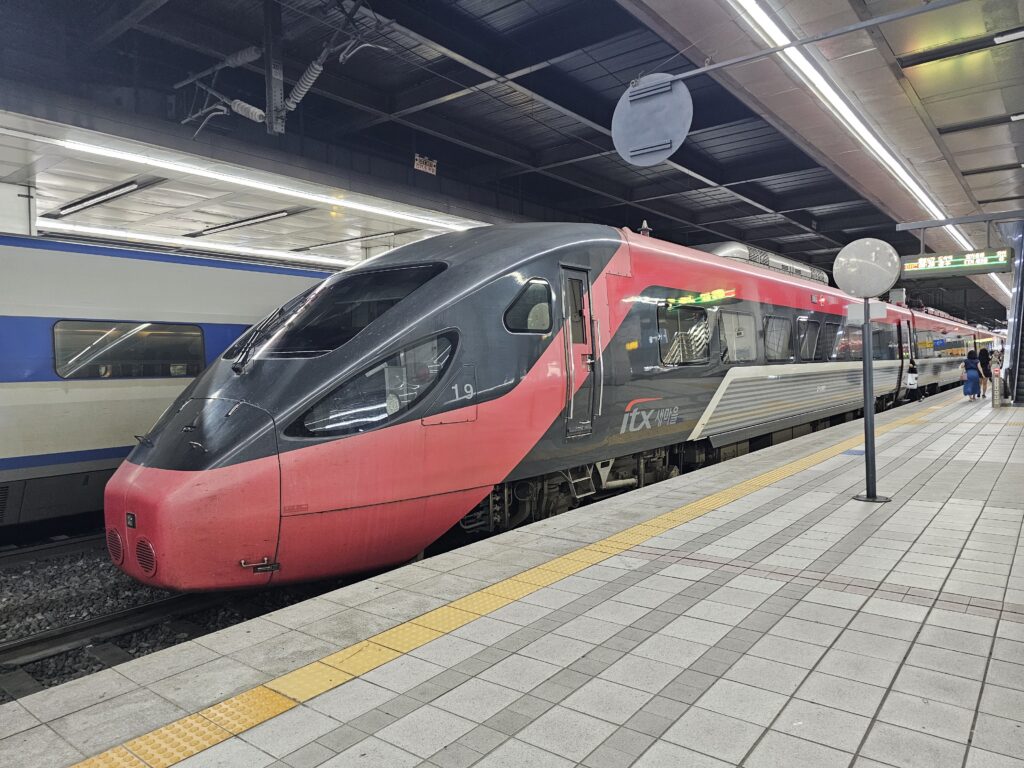
Mugunghwa
Named after Korea’s national flower, Mugunghwa services have long served as the slowest means of travelling across Korea by rail. With the widest reach, these services take the slowest routes and stop at almost every single city, town and village on their journeys across the country. Mugunghwa services consist of a locomotive hauling a rake of carriages, with this rolling stock famous for being the oldest still in operation in the country. However, despite these carriages’ age and somewhat retro appearance, these trains feature the most comfortable and well-padded seats of all Korean trains and are usually well-maintained and in a clean condition. Like other services, facilities onboard are limited to little other than a few vending machines, although until a few years ago they featured a buffet car and several noraebang rooms for those looking to bust out a few songs to pass the time!
Mugunghwa services are the cheapest intercity trains in Korea, often priced at a similar level to intercity bus tickets. However, in most cases, it is quicker to catch an intercity bus than a Mugunghwa service. However, one obvious advantage of the train is its immunity to traffic during holiday weekends, not to mention the fact that, unlike most intercity buses, these have toilets onboard!
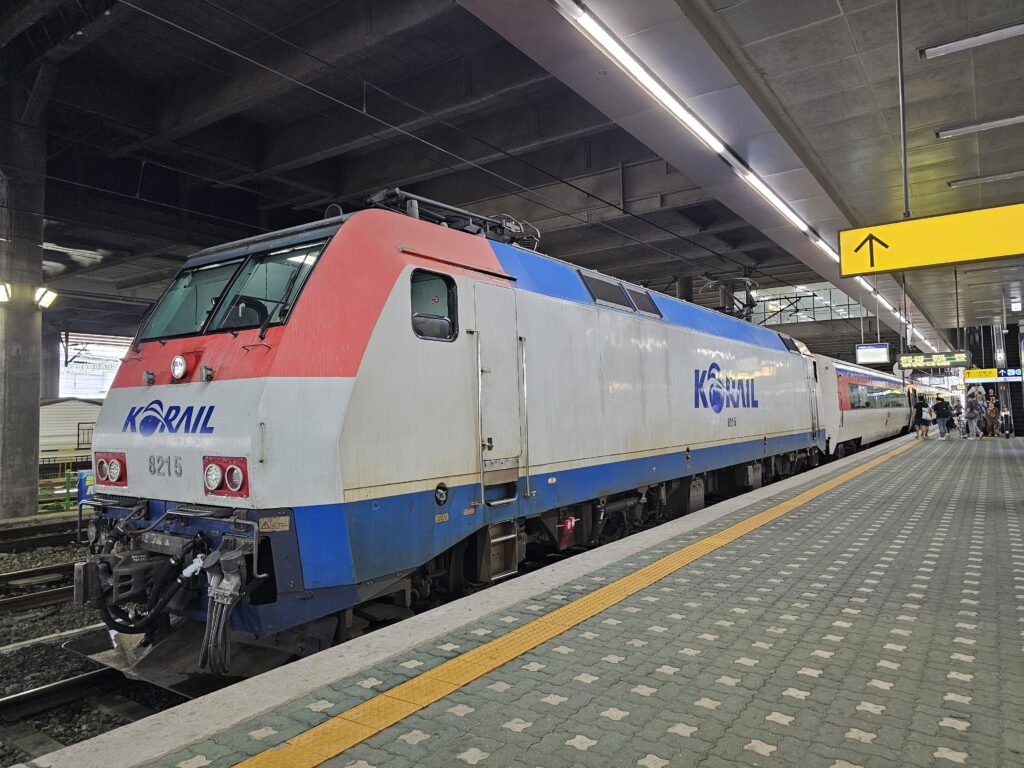
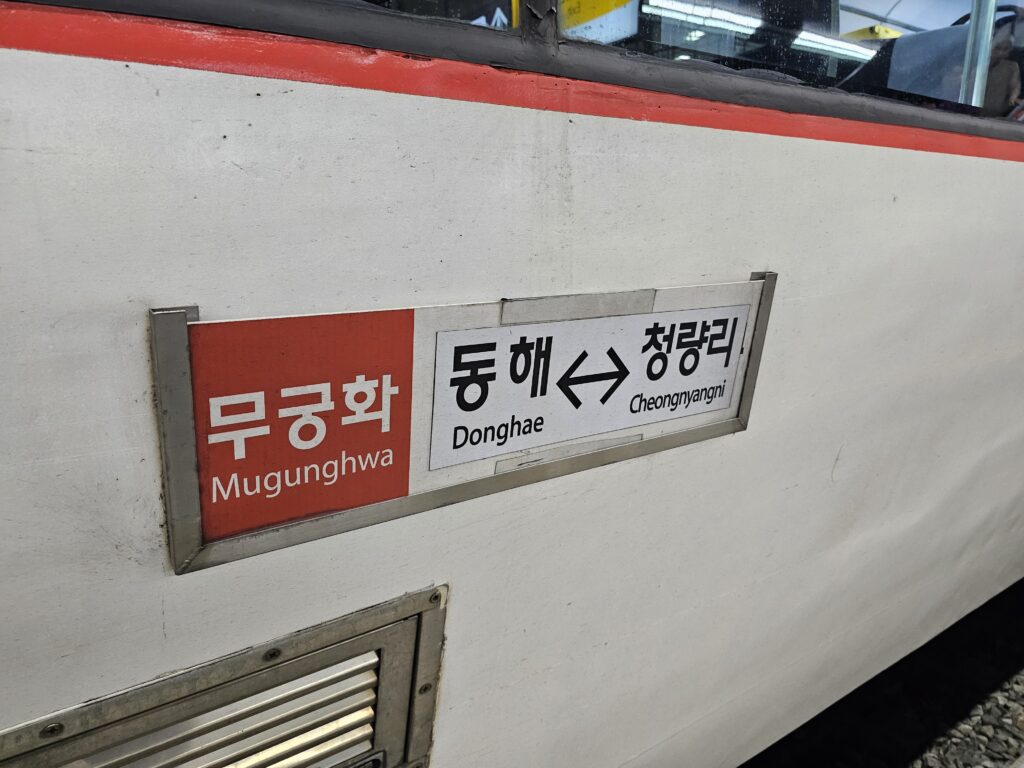
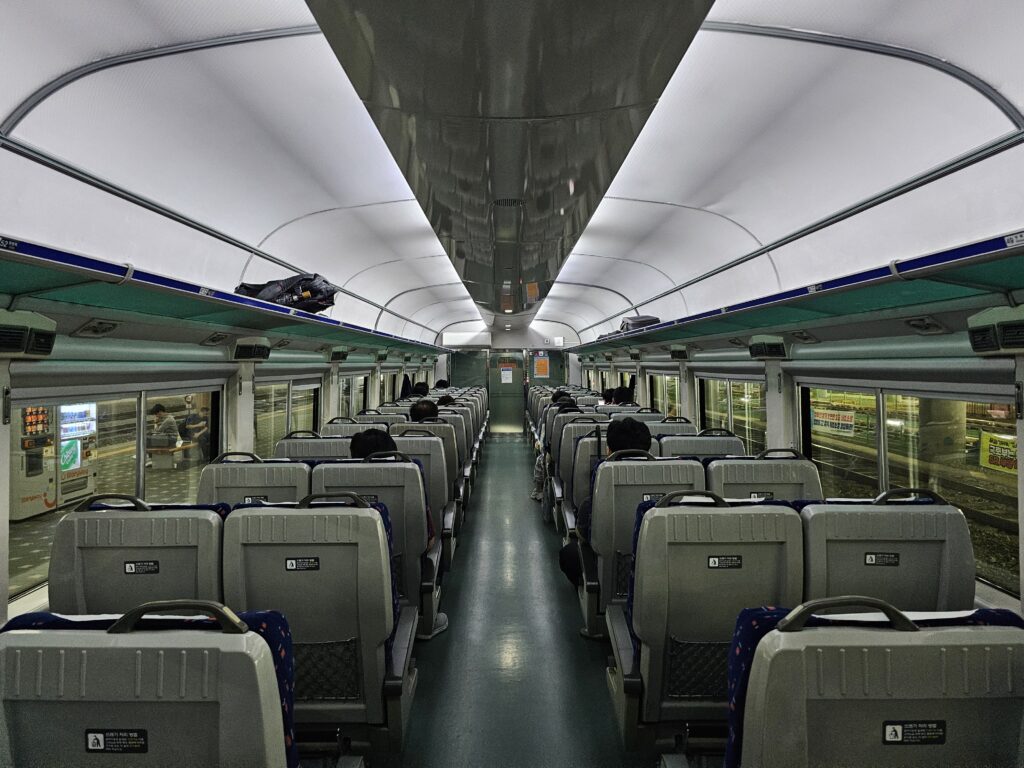
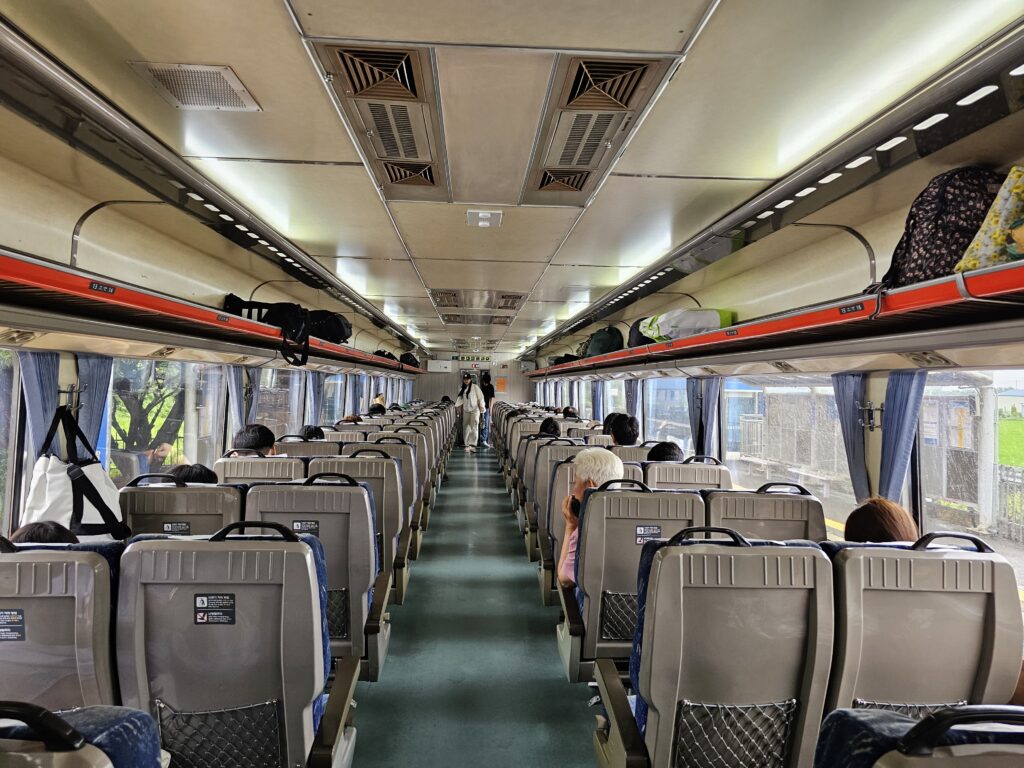
Nuriro
The Nuriro is the least common type of regular rail service in Korea and operates on just three lines across Korea. These are operated by four-carriage modern electrical multiple units and often serve as express commuter services. Tickets for these are often comparable in price to those offered by Mugunghwa services, although these typically make fewer stops than these trains.
All About Tickets
How do I book tickets?
Korail Talk App (the local way!)
This is the official Korail app and it enables passengers to book tickets for any rail service in Korea and select seats during this process. However, unfortunately, this app is only available in Korean and users must create an account with a Korean phone number in order to purchase tickets. Sadly, this means that many of those who are simply visiting Korea on holiday may struggle to book tickets with this app. However, if you can use this, then this is your one-stop shop for tickets and once purchased these can be displayed in the app, amended and even transferred to other passengers if required.
At the Station
Most stations on the Korail network have a manned ticket counter and ticket machines. Ticket machines are easy to use and are available in Chinese, English or Japanese alongside Korean, and enable you to book a ticket for either that day, or for a date in the future, and select a seat for your journey. However, like booking online, many ticket machines only accept payment with a Korean bank card. At larger stations, there are ticket machines that also allow for payment to be made with cards issued overseas however as of 2024, these are still in the minority.
Fortunately, tourists will face no issues in paying with an overseas card at ticket counters, however, to avoid any mix-up, it is best to have your chosen train (with its service number and departure time), ticket type and number of passengers written down and ready to display.

Via the Let’s Korail Website
This Korail website is available in Chinese, English and Japanese, and enables those outside of Korea to book tickets on any Korail mainline railway service. Ticket prices on this site are the same as if booked via another official means and tickets can be purchased with an overseas card, however, this does come with two disadvantages. Firstly, passengers cannot select their seats, and secondly, passengers still need to stop by the ticket counter at their departure station to pick up their tickets.
What types of tickets are available?
First
First Class is only available on KTX services and guarantees you a spacious seat in one of these trains’ first class carriages. However, those in first do not get any freebies other than an array of complimentary newspapers, with no catering or snacks provided.
Standard (seating)
Seated Standard Class is available on all Korail services and guarantees you a seat. Depending on how you book your ticket, you may be able to reserve the seat that you want in advance.
Standard (standing)
These are the cheapest intercity rail tickets. A standing ticket enables you to sit in any unreserved seat, in the fold-down seats in the vestibules or in the case of some Mugunghwa trains, in inward facing subway style seats in the area that was once the buffet carriage.
Do I need to book in advance?
It’s always a good idea to book in advance, and there is a risk that seated tickets may sell out for your chosen train service, especially if travelling on lesser-served routes or during weekends or national holidays. Ticket pricing for Korail’s services is not dynamic and you will pay the same whether you pay with minutes or months to go until departure.
What if I need to change my departure time or cancel my ticket?
Fortunately, most tickets can be refunded for a nominal fee and rebooked, the fees to do so depend on how long before departure a refund request is made.
What do I do with my ticket?
If you have a seated ticket and are sitting in your assigned seat, then very little! There are no barriers at mainline stations and in most cases, you won’t have to display your ticket to anyone. However, the train conductor can see which seats should be filled and will ensure that the seats that should be filled are taken. If you have a standing ticket, this will most likely be checked, regardless of whether you are sitting or standing.
All About the Korail Pass
If you are just visiting Korea, you can purchase a Korail Pass. This allows for unlimited train travel in Standard Class on Korail’s mainline network for either three or five consecutive days or any two, four or six days within a ten-day period. These passes can be purchased either in person at a station in Korea or via the Let’s Korail website and picked from a station. Once you have a pass, you can then reserve seats for your chosen trains online or at any staffed station in Korea.
Comparison of Train Times and Prices
| From Seoul to | KTX | ITX | Mugunghwa | Nuriro | Bus |
| Busan | 59,800 | 42,000 | 28,600 | N/A | 43,900 |
| 2:17 | 4:39 | 5:35 | N/A | 4:00 | |
| Daegu | 42,300 | 31,400 | 21,100 | N/A | 33,200 |
| 1:42 | 3:29 | 3:43 | N/A | 3:30 | |
| Daejeon | 23,700 | 16,000 | 10,800 | N/A | 16,900 |
| 00:58 | 1:47 | 2:07 | N/A | 1:50 | |
| Gangneung | 26,000 | N/A | N/A | N/A | 22,300 |
| 01:33 | N/A | N/A | N/A | 2:20 | |
| Gwangju | 46,800 | 33,100 | 22,300 | N/A | 33,300 |
| 01:46 | 3:44 | 4:22 | N/A | 3:40 | |
| Yeosu | 47,200 | 41,000 | 27,600 | N/A | 36,400 |
| 3:02 | 4:42 | 5:35 | N/A | 4:15 |
All About Stations
The vast majority of train stations in Korea are modern and host a variety of facilities including shops, cafés and restaurants. Those serving small countryside villages are understandably smaller and with fewer facilities, but most still have a heated waiting room, toilets and a vending machine at the very least. It is worth noting that some cities have more than one railway station, often featuring a city centre station that pre-dates the KTX and is served by ITX and Mugunghwa services, whilst the high-speed rail station is located outside of the centre.
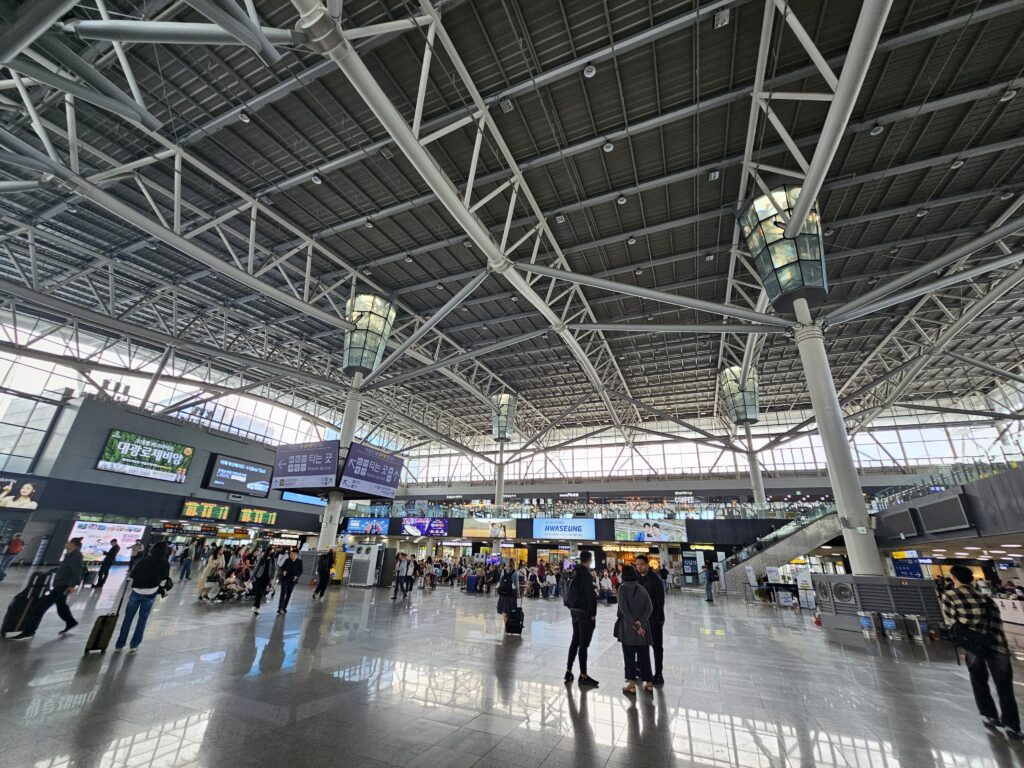
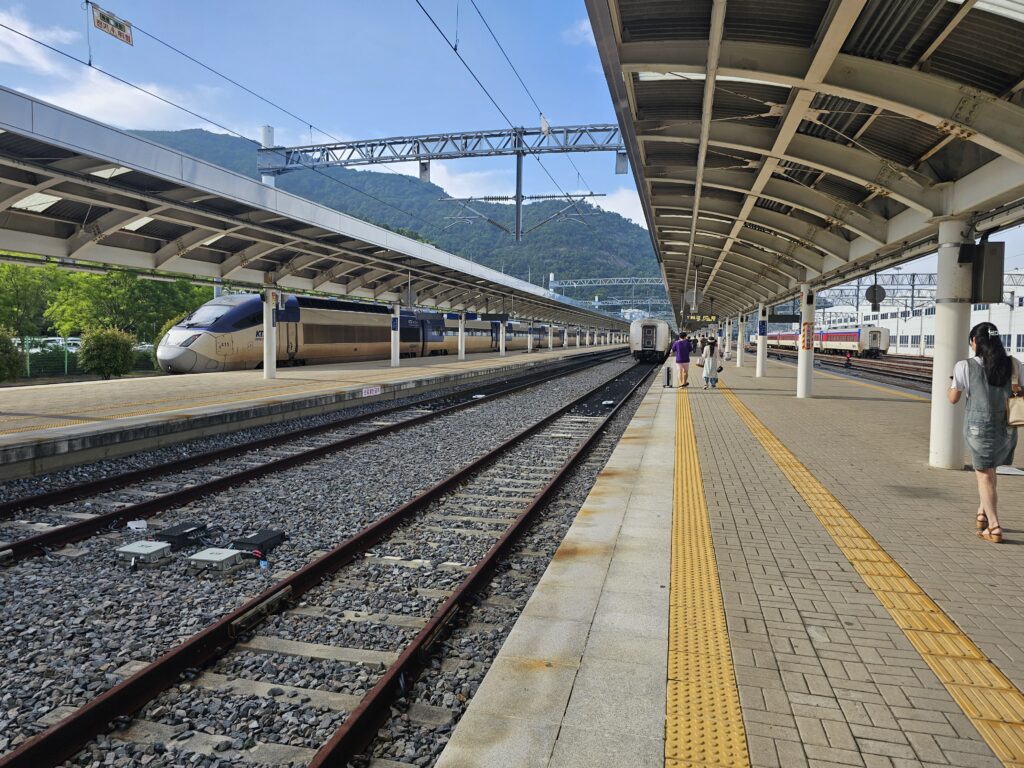
An Overview of Seoul’s Terminus Stations
Cheongnyangni Station
This is Seoul’s smallest railway terminus and is located near Dongdaemun. This station serves railway lines heading eastwards, with ITX, KTX and Mugunhwa trains operating to the likes of Chuncheon, Donghae and Gangneung.
Seoul Station
Located in the heart of the capital and in the shadow of Namsan, Seoul Station is Seoul’s main railway terminus. From there, passengers can head to cities across Korea including Busan, Daegu, Daejeon, Gangneung, Gwangju, Pohang, Suwon and Ulsan.
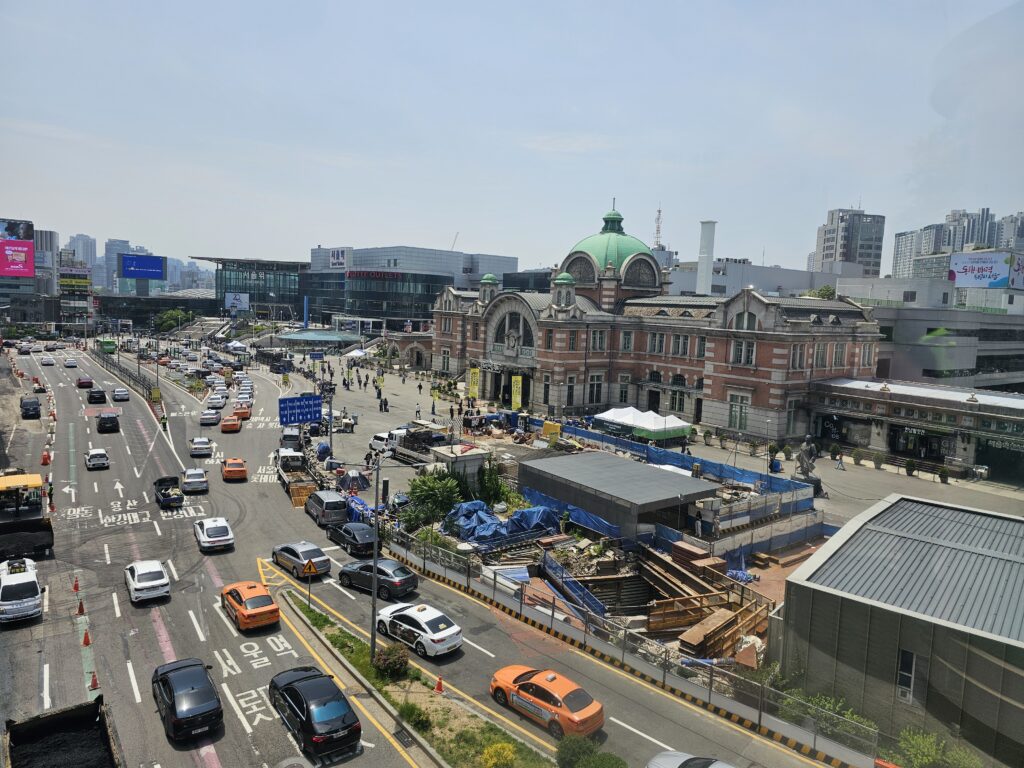
Yongsan Station
Located just down the line from Seoul Station, historically Yongsan has served trains heading to southwestern Korea such as those bound for Gwangju and Mokpo. However today, trains run from Yongsan to a similar spectrum of destinations as those from Seoul Station.
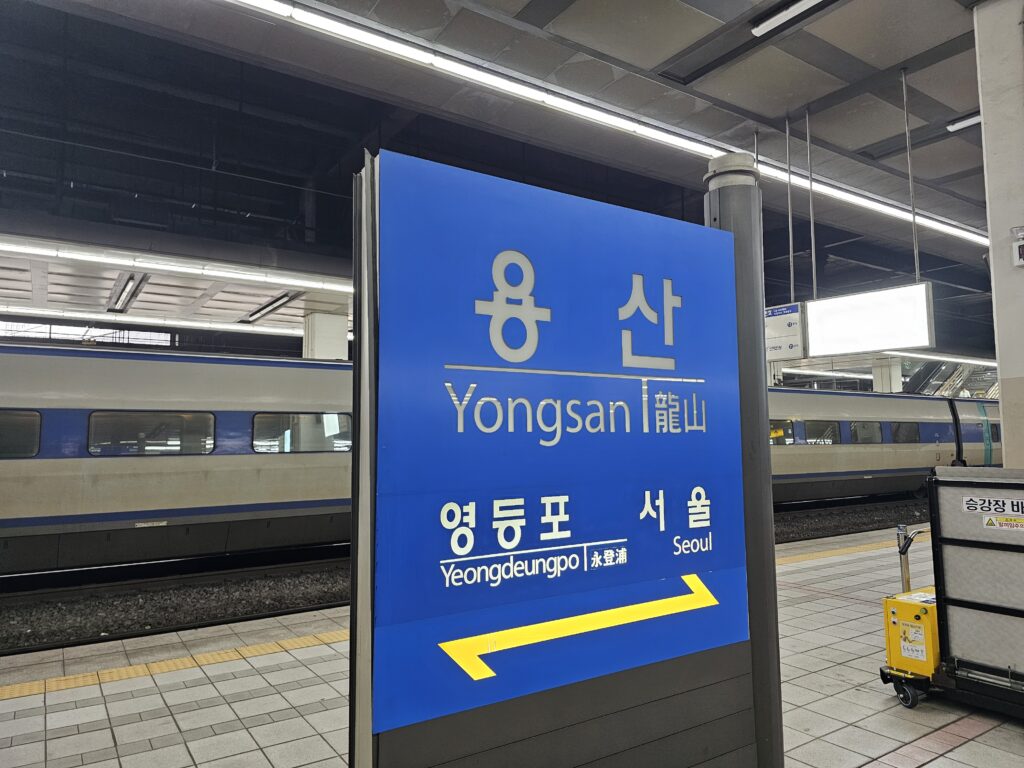
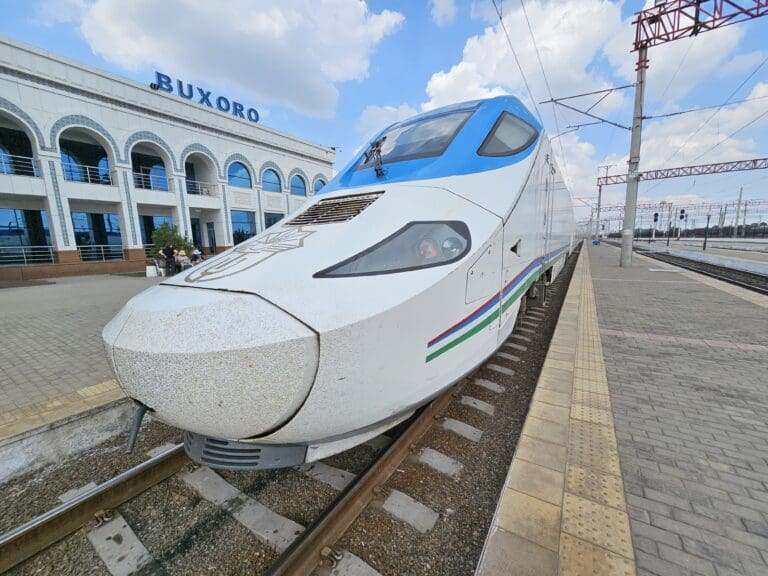

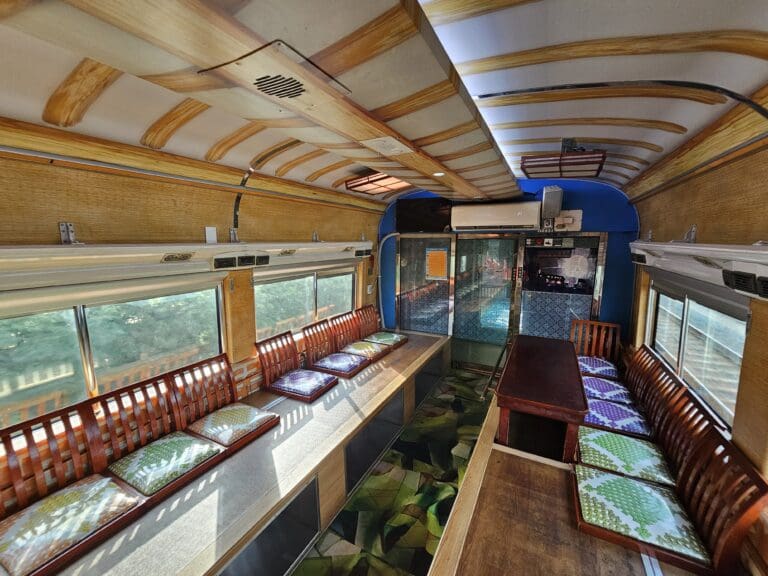
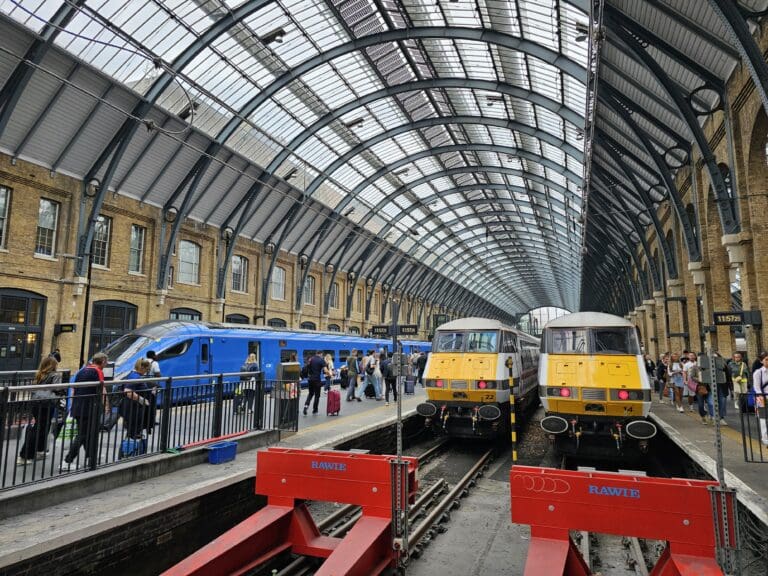
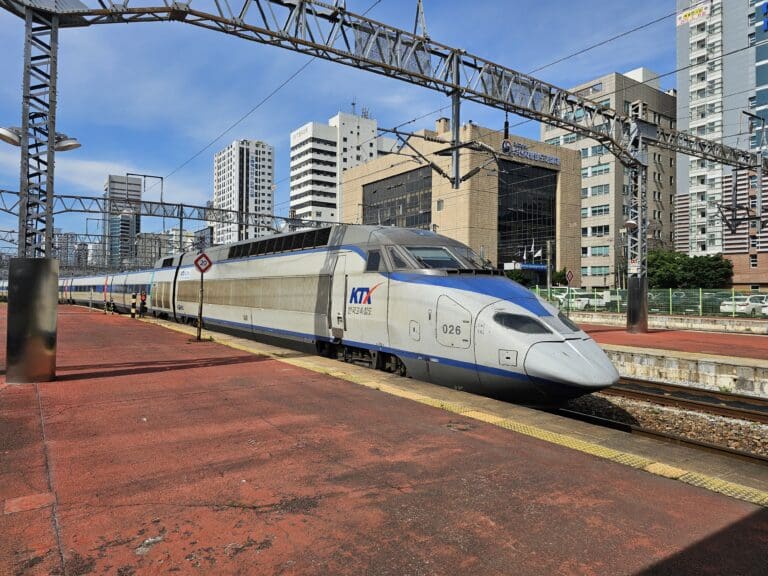
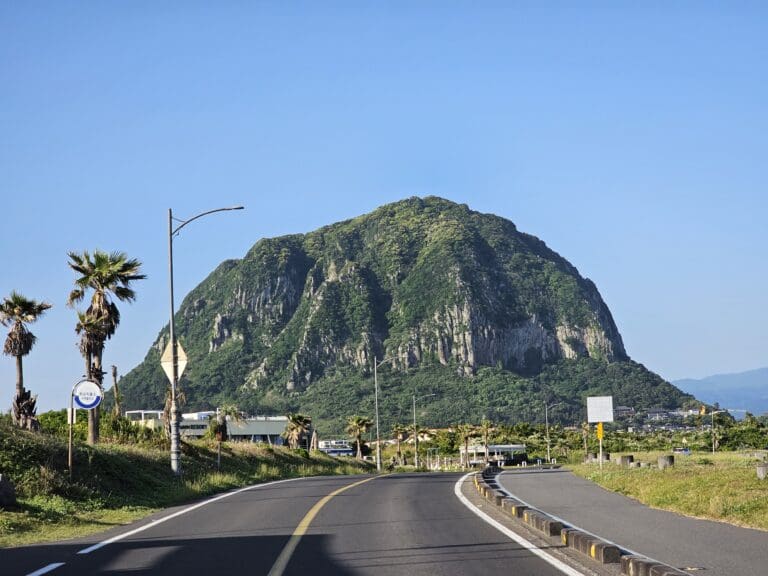
This is an incredibly detailed guide! 🚆 I’ve always wanted to explore Korea by train, and this post is exactly what I needed. The breakdown of the different train types and ticketing options makes it so much easier to plan a trip. I especially appreciate the tips on navigating the station and the recommendations for scenic routes—definitely adding those to my itinerary! Your insights on how to save time and money on tickets will come in handy, too. Thanks for such a comprehensive and useful resource!
Thank you very much for reading! I’m glad you enjoyed!
Hello! Great post! I have a trip to Korea next spring and this post about train travel in Korea will be very helpful. I plan to travel within Korea as much as possible via train. The Mugunghwa method of travel sounds the most interesting. Price is not really a concern for me. I may try all of the different methods of train travel. Do you have suggestions for especially scenic routes? I enjoyed the horror movie “Train to Busan” and I guess that going to Busan would be an obvious choice to travel from Seoul? I am a novice with public transportation within Korea so any advice is welcome. I have stayed in Gangnam, Namsam, and Incheon in the past. I have about 10 days to travel and do some new sightseeing within the country. Thanks for this post!
Thank you very much for taking the time to read my post! Hopefully you found it helpful! Personally I would head eastwards to Gangwon Province and take the KTX from Seoul to Gangneung on the East Coast. Gangneung is a popular seaside city and is definitely worth a visit. From there, you can take the train along the coast and into the mountains. I would advising catching a train to Cheoram where you can change onto the V-Train (one of Korail’s tourist train services) that runs through the heart of the mountains.